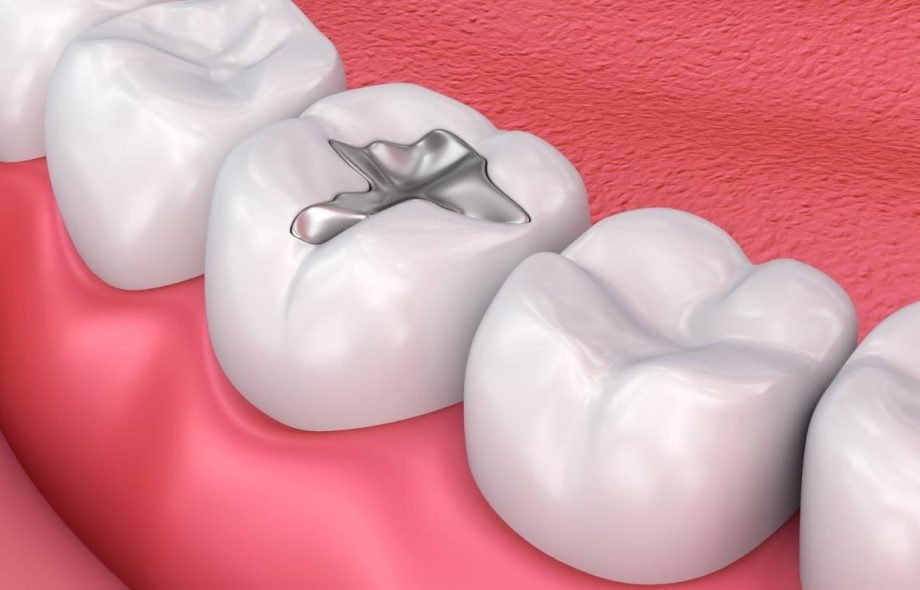Even if you’re committed to preventing cavities through regular brushing, flossing, and dental visits, you may still find yourself asking: do you still need fillings? The truth is that while prevention plays a huge role in oral health, there are circumstances where Dental Tooth Filling are still necessary—even for the most diligent brushers. Understanding how cavities form, how prevention works, and why fillings may still be required can help you take better control of your dental health.
Why Cavities Can Still Form Despite Prevention?
Good oral hygiene drastically reduces your risk of decay, but it doesn’t always make you immune. Certain factors beyond your control can still cause cavities to develop, meaning that fillings may sometimes be unavoidable.
Reasons cavities can still appear include:
Genetic susceptibility to weaker enamel or deeper grooves in teeth
Hidden decay that develops between teeth where brushes can’t reach
Diet high in sugars and acids that erode enamel
Dry mouth or reduced saliva, which weakens natural defense
Incomplete cleaning habits, especially during busy routines
These underlying issues may cause decay to form even if you take steps to prevent it every day.
The Role of Professional Dental Exams:
Regular dental checkups are crucial in preventing cavities, but they also serve to identify when fillings are needed—sometimes before you even feel pain. Early detection is key to less invasive treatment and better results.
Dental visits can help by:
Catching early-stage cavities before they become deep
Using X-rays to identify decay that’s not visible
Checking existing fillings for wear or damage
Assessing enamel strength and areas of risk
Recommending fluoride treatments or sealants for added protection
Even when prevention is your goal, exams help determine whether a filling is necessary to maintain overall health.
When Fillings Are Still Needed?
You might ask, “If I’m preventing cavities, do I still need fillings?” The answer is yes, if any tooth damage has already occurred. Fillings are restorative solutions, meaning they repair teeth after decay has begun.
Fillings are needed when:
Decay has penetrated the enamel and reached the dentin
You feel sensitivity or pain in one specific area
A dark spot or hole appears on your tooth
Food consistently gets trapped between certain teeth
An old filling is failing and needs to be replaced
In these cases, a filling restores structure and prevents further complications like infections or tooth loss.
Preventive Treatments That Delay or Avoid Fillings:
Thankfully, dentistry now includes preventive treatments that can delay or reduce the need for fillings. These treatments help reinforce enamel or block out bacteria in vulnerable areas, especially in children or patients with deep grooves in their teeth.
Common preventive treatments include:
Fluoride varnishes to strengthen enamel
Dental sealants applied to molars to block bacteria
Antibacterial mouth rinses to reduce plaque buildup
Nutritional counseling to cut sugar and acid intake
Customized oral care routines for at-risk individuals
These strategies can be discussed with your dentist to find what best suits your needs and lower the chance of needing future fillings.
Maintaining Long-Term Oral Health:
Prevention is an ongoing effort, and while it may not guarantee a cavity-free life, it does significantly reduce your risk. Fillings are just one part of a broader dental care strategy and should be viewed as a helpful intervention—not a failure of prevention.
To reduce the need for fillings over time, you should:
Brush twice a day with fluoride toothpaste
Floss daily to remove plaque between teeth
Limit sugary snacks and drinks, especially between meals
Visit your dentist every 6 months for cleanings and checkups
Address dry mouth or acid reflux with your doctor
By staying consistent and proactive, you can minimize decay, extend the life of your teeth, and reduce how often fillings are required.
Final Thoughts on Prevention vs. Restoration:
So, do you still need fillings if you’re actively preventing cavities? Sometimes, yes—but much less often. Prevention significantly decreases the frequency and severity of cavities, but when decay happens, fillings are the safest and most effective solution to restore your teeth. Understanding the balance between prevention and treatment is key to a healthy smile that lasts a lifetime.
Takeaway tips to remember:
Prevention reduces cavity risk but isn’t foolproof
Regular dental exams help detect problems early
Fillings are a normal part of oral maintenance
Preventive treatments offer added protection
Consistency in oral care is your best defense
Your goal should be to combine great habits with smart dental care so that fillings become a rare, rather than routine, part of your dental journey.


 :
: